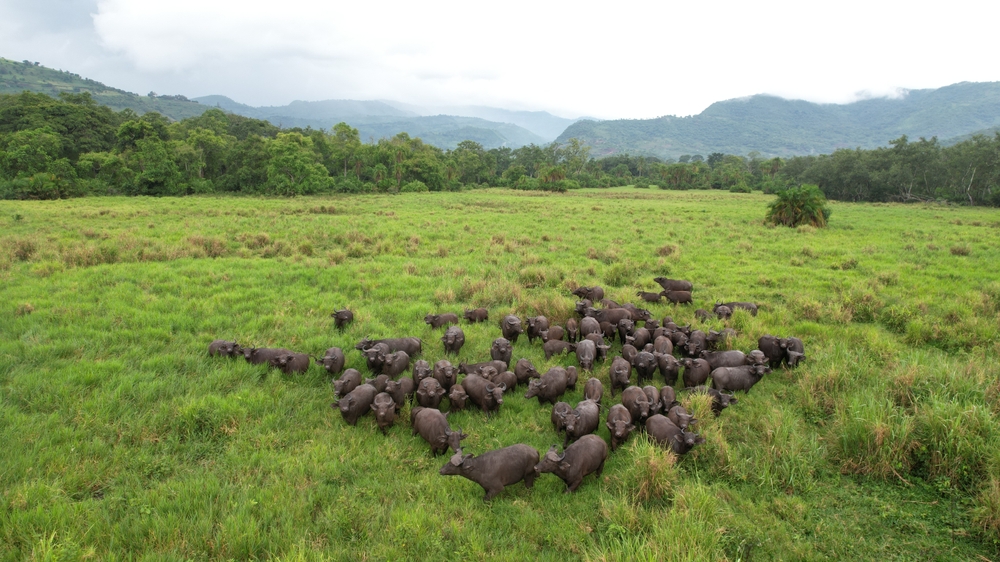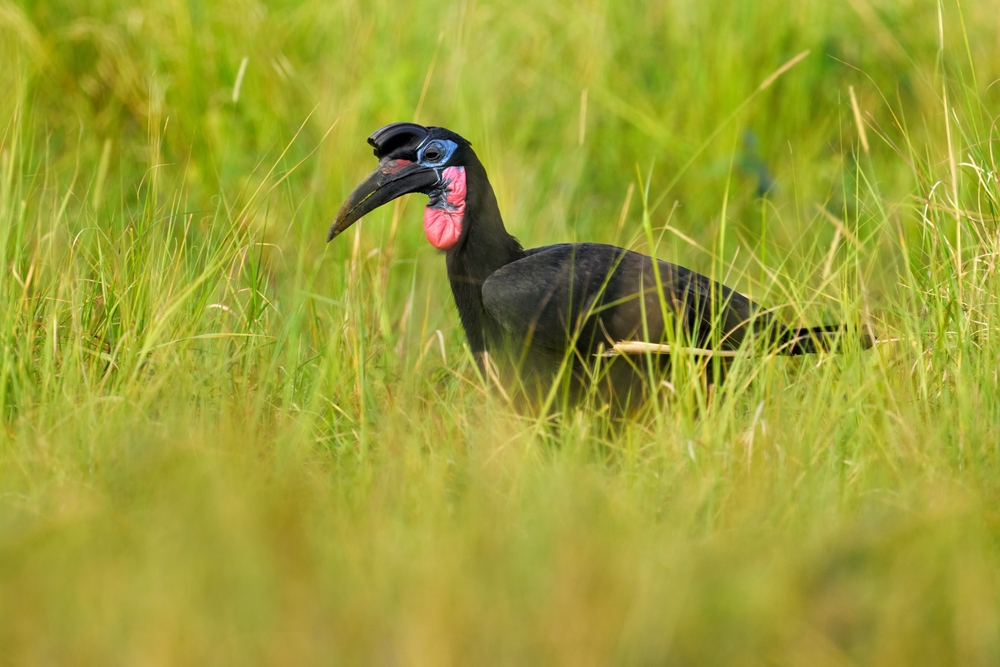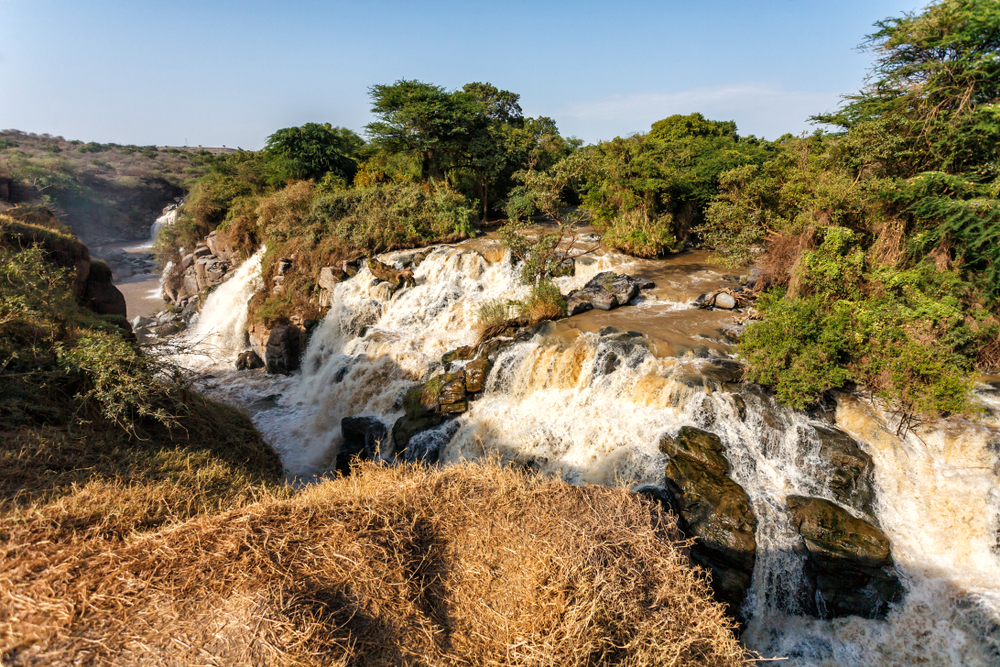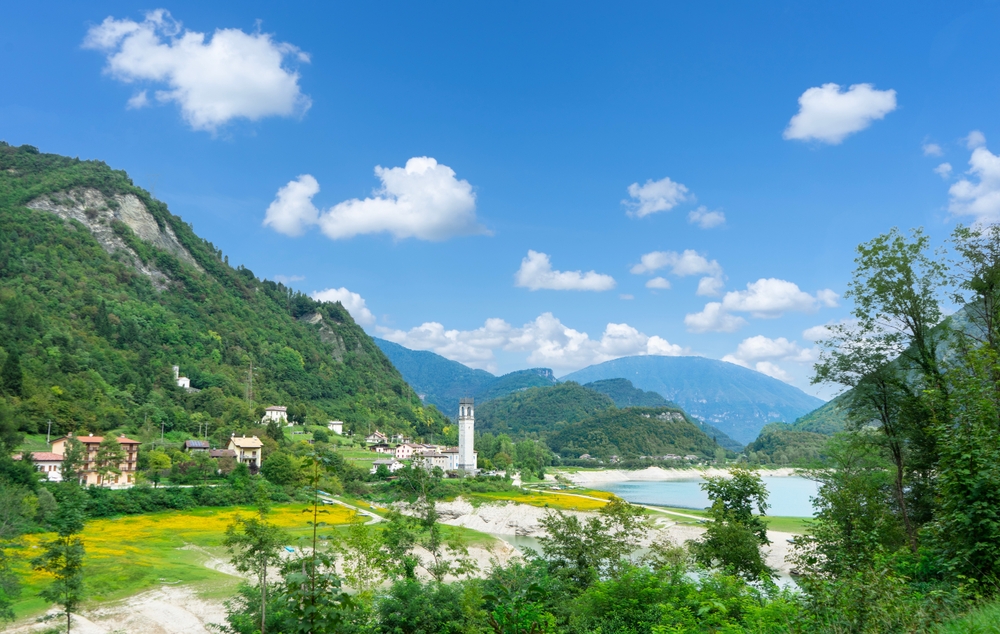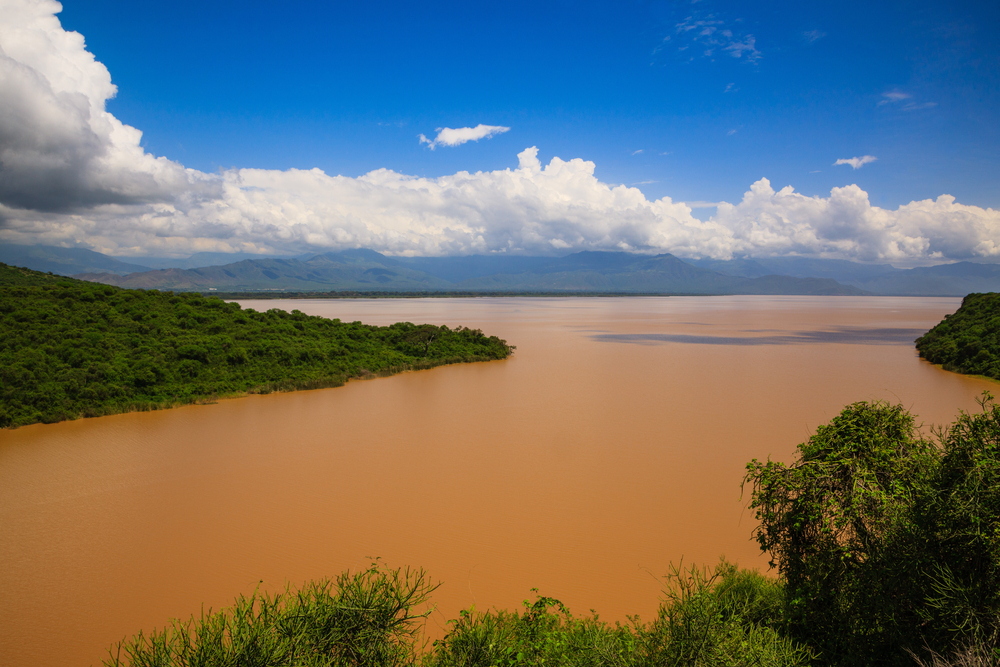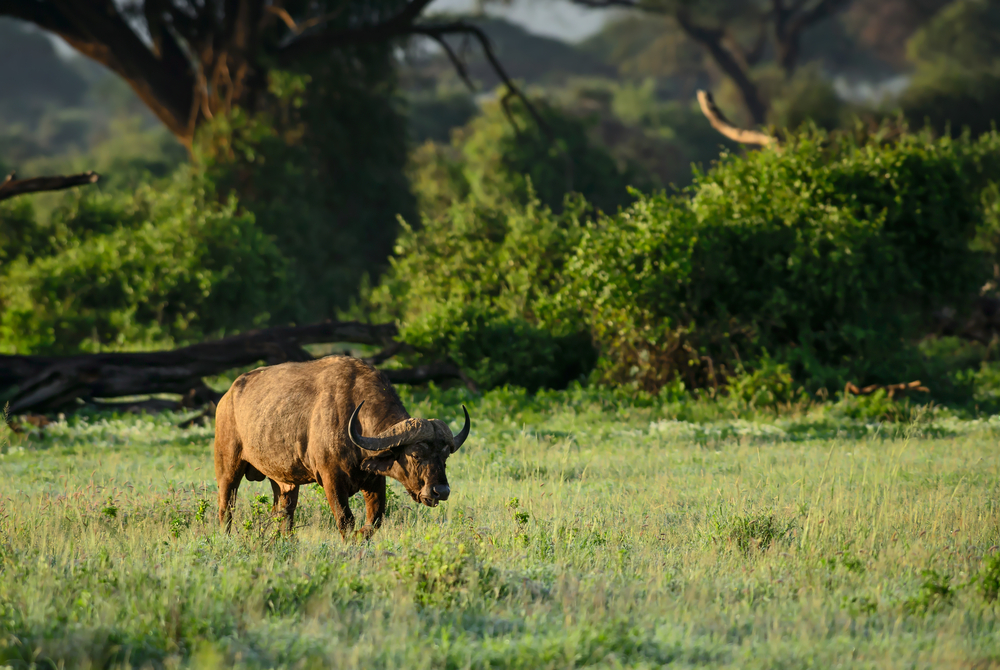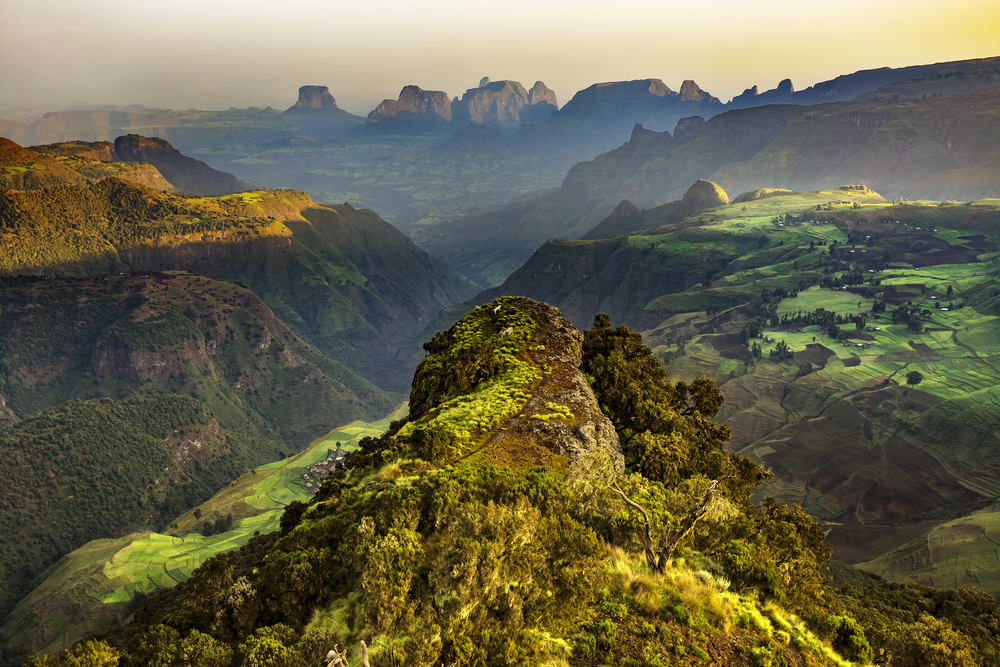Chebera Churchura Overview
Chebera Churchura National Park, located in Ethiopia’s Southern Nations, Nationalities, and Peoples’ Region (SNNPR), is a remarkable protected area known for its diverse ecosystems and abundant wildlife. Locally referred to as “Chebera Churchura Natonal Park”, the park was established in 2005 to conserve the area’s unique biodiversity and support sustainable eco-tourism. Spanning approximately 1,215 square kilometers (469 square miles), it lies within the Omo-Gibe River Basin, making it an ecologically significant region.
The park’s terrain is varied and picturesque, featuring rolling hills, grasslands, rivers, and dense woodlands. The Gojeb River flows through the park, providing vital water resources for its wildlife. Seasonal wetlands and crater lakes, such as Lake Shosha and Lake Chibkash, add to its scenic beauty and ecological diversity. The vegetation is a mix of montane forests, savannas, and riverine habitats, creating an ideal environment for both terrestrial and aquatic species.
Chebera Churchura National Park is renowned for its rich wildlife, with African elephants being its flagship species. The park is considered one of Ethiopia’s most important elephant habitats, hosting a healthy and stable population. Other large mammals include lions, leopards, buffaloes, hippos, and various antelope species, such as greater kudu and waterbuck. Bird enthusiasts will find the park equally rewarding, as it is home to over 200 bird species, including Abyssinian ground hornbills, African fish eagles, and crowned cranes. Reptiles and amphibians also thrive in the park’s wetlands and forests.
Visitors to Chebera Churchura National Park can explore its natural wonders through guided wildlife safaris and hiking tours. The park’s diverse terrain offers excellent opportunities for wildlife observation and birdwatching. Boat tours along the Gojeb River allow visitors to experience the park’s aquatic ecosystems up close, with chances to spot hippos and crocodiles. Cultural interactions with local communities, such as the Dawro and Konta people, add a unique dimension to the visit, providing insights into traditional practices and sustainable resource use.
Despite its ecological significance, Chebera Churchura National Park faces challenges, including poaching, illegal logging, and habitat degradation due to agricultural expansion. Climate change further exacerbates these issues, impacting water availability and ecosystem health. Conservation efforts led by the Ethiopian Wildlife Conservation Authority (EWCA) and non-governmental organizations focus on anti-poaching initiatives, habitat restoration, and community-based conservation programs. Eco-tourism development is also a priority, aiming to balance economic benefits with environmental protection.
Chebera Churchura National Park is a testament to Ethiopia’s natural and cultural wealth. Its diverse landscapes, iconic wildlife, and cultural connections make it a critical area for conservation and an emerging destination for eco-tourism. Protecting this park ensures the survival of its ecosystems and supports sustainable development for the surrounding communities.








































































